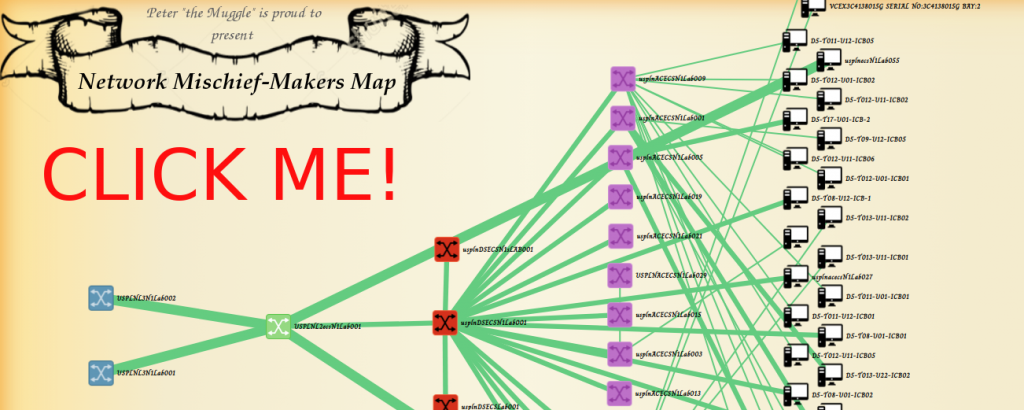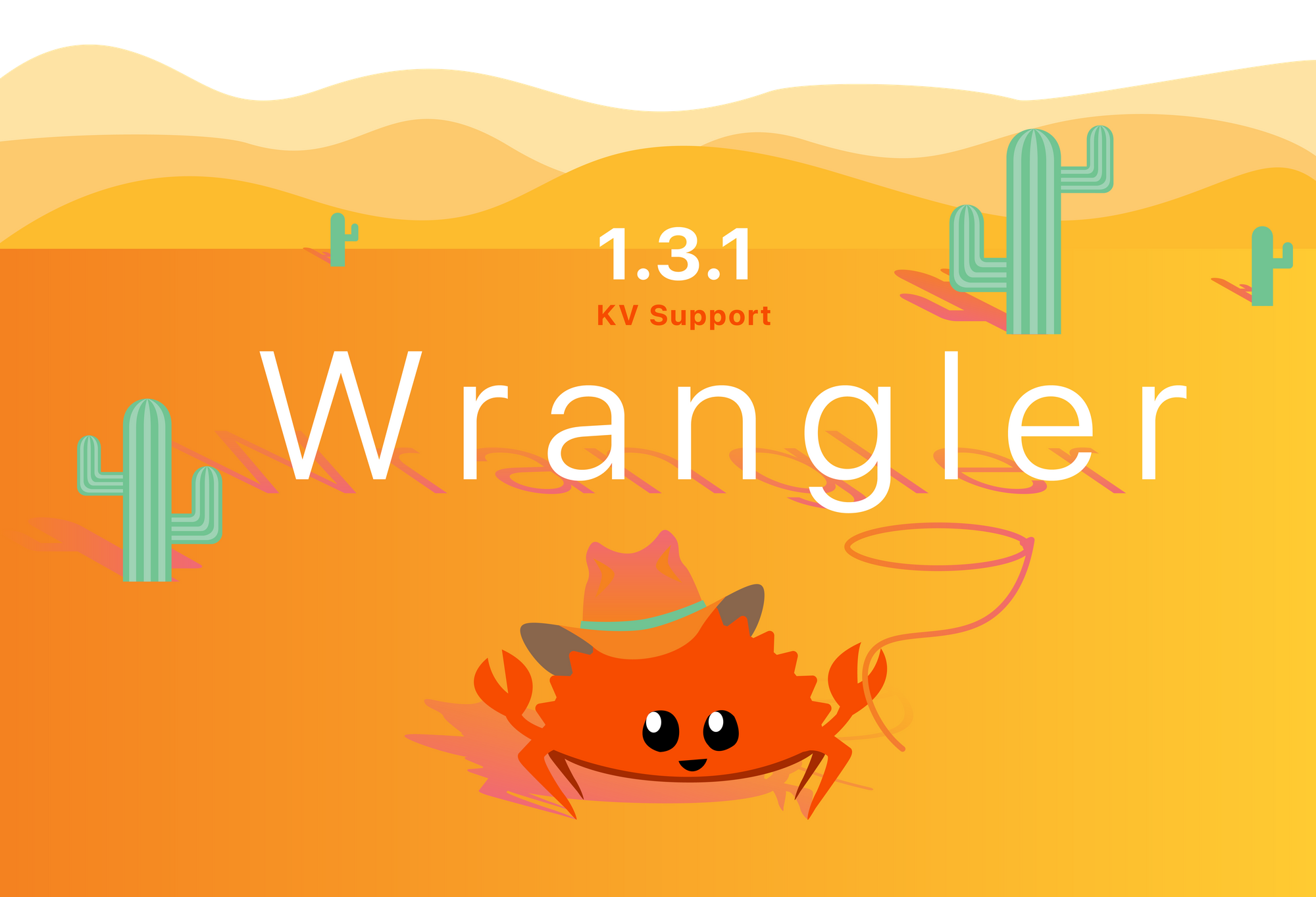Updating graph databases with Cypher
Updating graph databases with Cypher Green et al., VLDB’19
This is the story of a great collaboration between academia, industry, and users of the Cypher graph querying language as created by Neo4j. Beyond Neo4j, Cypher is also supported in SAP HANA Graph, RedisGraph, Agnes Graph, and Memgraph. Cypher for Apache Spark, and Cypher over Gremlin projects are also both available in open source. The openCypher project brings together Cypher implementors across different projects and products, and aims to produce a full and open specification of the language. There is also a Graph Query Language (GQL) standards organisation.
Cypher is used in hundreds of production applications across many industry vertical domains, such as financial services, telecommunications, manufacturing and retails, logistics, government, and healthcare.
Personally I would have expected that number to be in the thousands by now and there are some suggestions that it is, however Neo4j are still only claiming ‘hundreds of customers’ on their own website.
The read-only core of the Cypher language has already been fully formalised. But when it came time to extend that formalism to include the update mechanisms, the authors ran into difficulties.
Our understanding of updates in the popular graph Continue reading







